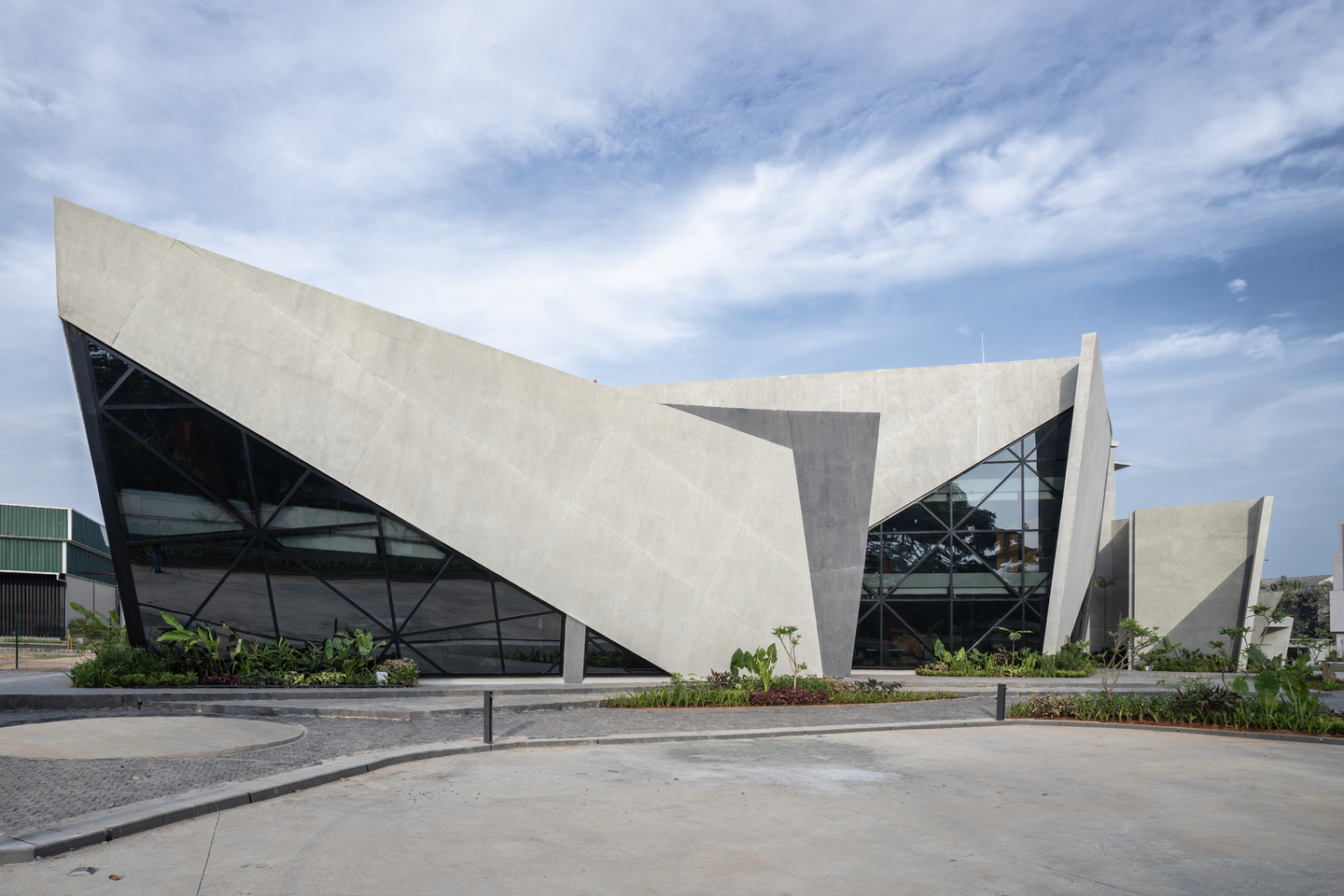Gender Parity: Architecture Profession in Post-Binary India
A significant percentage of architects identifying as female leave architecture, while a minuscule percentage of students identifying with the other genders enrol in architecture. Two statistics corroborating this conclusion have been on the tip of our tongues lately- about 50% of registered architects in India are females, of which only about 20% are in the profession. Many female architects engage in academics or as employees in architecture firms. Between 2016 and 2021, three students identifying as transgender graduated in Architecture, as against about 43,000 males and 50,000 females. (As per data obtained from the Council of Architecture)
This massive disparity in the representation of different genders at the Academic and Professional Levels triggered us to search for loopholes that hinder the profession from embracing inclusivity. As we started with the Gender Parity Initiative, the first loophole that we identified was the lack of factual data concerning the existence (or non-existence) of Gender inequality within the profession.
In South India, as per my observation, there are 60-65% of female students- this number’s been gradually increasing. A contributing factor is a perception that Architecture is a very artistic, soft-tech profession. Does this, in turn, arise from the perception that females are more suited for soft professions?
Vijay Narnapatti, Co-founder and Partner, Maya Praxis
In the last few years, the number of female students graduating in Architecture has been higher than male students. But, this ratio does not get reflected in the profession. In the architecture profession, the term ‘architect’ has become a gendered term. ‘Female architect designed building wins big, ‘Top 10 women architects to look out for’, ‘The journey of a woman architect’- the unnecessary addition of woman or female has been normalized to such an extent that architect has become a man’s word.
I am an architect, not a ‘woman’ architect. I am as good as men.
Ritu Gulati, Academician and Practising Architect
A person’s gender, indeed, cannot be a deciding factor in their capabilities as an architect. But the World has a history of rewarding men and ignoring women. It took 26 men winning the coveted Pritzker Prize, for Zaha Hadid to become the first female winner in 2004. It took more than 20 years for the architectural community to voice the exclusion of Denise Scott Brown from the 1991 Pritzker Prize, won by her husband and equal partner Robert Venturi.
Closer to home, the convenient exclusion of the female counterpart is not an alien concept.
In our firm’s third year, Morphogenesis was awarded three of the five annual awards by the Indian Institute of Architects. The first newspaper article published post these wins mentioned only Manit (Rastogi, co-founder and partner at Morphogenesis); I was referred to as ‘his wife, who also works with him’.
Sonali Rastogi, co-founder and partner, Morphogenesis
In our research, we realized that the dominance of male representation over female is not an unacknowledged disparity. Whether enough has been achieved out of this discourse is a discussion for some other day.
I have faced major obstacles as an academician, practising architect and student. Would my younger self have been comfortable talking about them? Probably not. But today, I do not give a damn.
Rajshree Rajmohan, Academician and Practising Architect
But gender is not black or white- it is not just about males and females. A person can be one, neither or a combination of both, irrespective of the gender assigned to them at birth.
The second loophole that we identified was reflected in our initiative- the Gender Parity Initiative when first conceived, revolved around cis males and cis females. We talked about women empowerment, women in architecture, and the dominance of men- but failed to recognize gender as a spectrum. This, we belatedly realized, reflected our profession- to address this lack of representation of architects outside cis-males and females, Gender Parity became Gender Parity: Architecture Profession in Post-Binary India.
There is no mechanism to discuss the non cis genders. But now I would like to discuss this. In 20 years of practising architecture, I have never come across a person identifying outside cis male or female.
Vijay Narnapatti, Co-founder and Partner, Maya Praxis
Entering an untouched territory at a Pan-India level, we wanted to do complete justice to our vision of inclusivity- the Gender Parity Initiative is the product of back-and-forth brainstorming with architects identifying with different genders.
One is studying/practising and at the same time grappling with social impositions and gendered expectations.
Rajshree Rajmohan, Academician and Practising Architect
In this process and through our interactions, we have been learning as well.
The challenges, the stories, and the experiences that we continue to hear about make us gauge the amount of accommodation the profession needs to do- the first step towards this is acknowledging that India, while barely, has indeed moved past the binary stage. The number of persons identifying with other genders in the profession, while (maybe- there has never been a Pan India attempt to find this out!) closer to zero, is NOT zero.
But how do we start this conversation at the professional level when most of us have never encountered an architect or student of architecture who openly identifies as transgender or non-binary?
The Gender Parity Initiative is striving to provide an answer to this question. Our survey is live to collect data from the maximum number of respondents- Architects- Practising, Freelancers or in Allied Fields; Retired, former or active; Students and Academicians- everyone can (and should) participate in our survey. No amount of persuasion, goodwill, or dedication can promote gender inclusivity in the entire profession if most of us keep looking at it from a lens that comes with privileged positions.
This attitude will continue if the space remains unsafe and uninviting for non-male genders. The questions will remain ambiguous and irrelevant if not supported by data that comes from a large number of respondents.
This (the Gender Parity Survey) is an important data that is being generated- first of its kind in our country.
Urvi Desai, Co-founder, Feminist Collective in Architecture
Re-iterating the statistic, we started this article with- 20% of registered female architects and three transgender students in five years. We acknowledge women in architecture, the small number we are aware of students who identify as transgender, the architects identifying outside binary genders we have personally been acquainted with, the architects who admitted to having unknowingly missed considering genders outside cis males and females while creating inclusive workspaces within their practice and the architects who discard this disparity (with whom we empathize, because what statistics exist?).
In this process, we are convinced that Gender Disparity exists in the Architecture Profession! And we seek your support to validate this fact and make space for an environment where impactful measures could be suggested and adopted for a Gender-inclusive profession.








3 Responses
In JAISIM FOUNTAINHEAD practice of over 52 years Women have contributed the most and won infinite awards and recognitions
Architect is Architect… Nothing more to say…
The few women who finally practice add more value than the large number that hoard from the other sex.